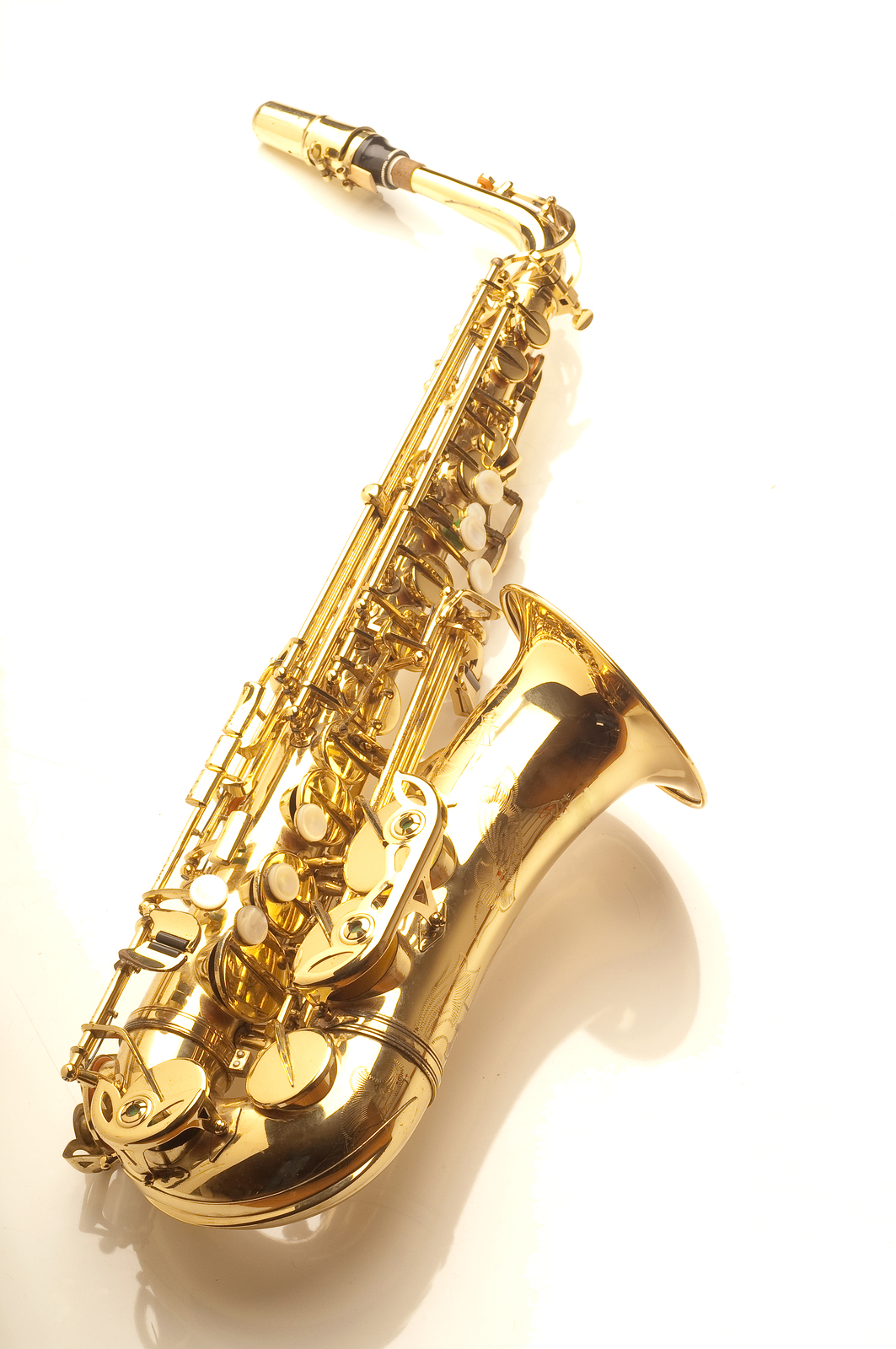The retail market for musical instruments is worth $6 billion worldwide, according to the recent report of IBISWorld, the biggest industry information provider in the U.S. Though this market has a low annual growth of 0.4%, increasing disposable income and growing numbers of musicians are expected to sustain demand.
Apart from consumer demand, changes in the music industry supports musical instrument revenues as well. Since many musical instruments are made of several types of metals, copper and brass sales are projected to attain relatively healthy growth. If you’re a musical instrument manufacturer or seller, here’s what you need to know about market trends that can affect your business.

Though some prefer to have a gloomy economic outlook for the U.S., in reality, disposable income has risen for the past five years. Trading Economics, a leading global provider of economic and financial information, reported that disposable income has increased by around 20% for the past five years.
Though it does not translate to an equal increase in musical instrument sales, IBISWorld determined a relationship between disposable income and related instrument purchases. Furthermore, popular musical icons motivate the youth to become musicians, too. Having higher disposable income can encourage them to buy musical instruments.
Rising incomes bode well for copper & brass sales. Brass is commonly used to make wind instruments, such as horns, trombones, tubas, and trumpets, while copper is a key element in making bells and plating musical instruments. Brass and copper are commonly mixed to create different color shades, improve malleability, and improve resistance to corrosion. Rising disposable incomes can increase demand for musical instruments, which directly influences copper and brass sales as well.
New Musical Products
Technavio, a global market researcher, learned that new musical instruments, which are making waves in the industry, partially drive demand for related instruments. Several wind instruments showed innovations in design and form. Instrument makers are now designing high-margin instruments with customizable parts or tools that can improve the ability of the musician to control tones beyond traditional limitations and to generate new sounds.
Others are making cool, personalized designs using brass and copper. Some instrument makers have also developed acoustic organs, which mimic cathedral organs in power and melody. With these new, creative products, it is not surprising that Technavio forecasted the global musical instrument market to go beyond $18 billion from 2016 to 2020.
Musical instruments continue to be popular because musicians are heavily idolized all over the world, while increasing disposable incomes give instrument lovers added buying power. Furthermore, innovations in musical devices allow for greater control and new forms of music. These trends will drive growth, as well as foot traffic, into musical instrument shops.
Sources:
“5 Futuristic Instruments That Will Change How We Make Music,” fastcodesign.com
“Global Musical Instruments Market 2016-2020,” prnewswire.com/
“The Retail Market for Musical Instruments in the US: Market Research Report,” ibisworld.com/
“United States Disposable Personal Income,” tradingeconomics.com

